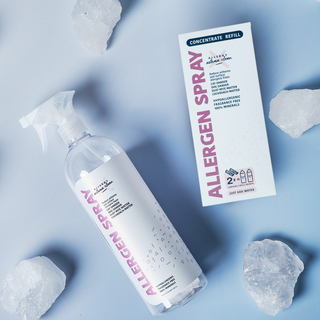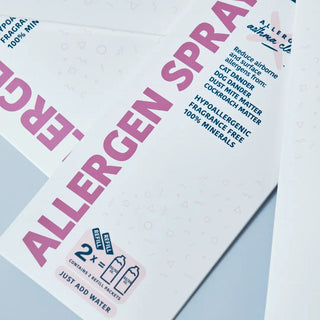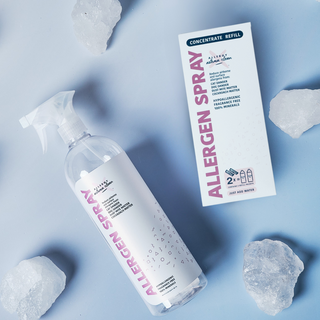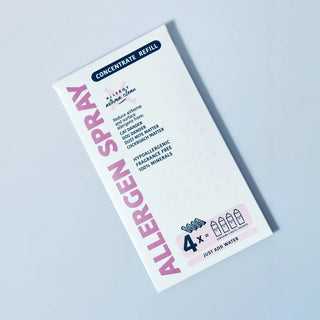Pet dander allergies are caused by an overreaction of the immune system to proteins found in an animal’s skin flakes, saliva, or urine. These microscopic particles can linger in the air, cling to fabrics, and cause sneezing, itchy eyes, congestion, or even asthma symptoms. Managing pet dander allergies involves identifying your triggers, keeping your home clean, using HEPA filters, and minimizing direct contact with allergens.
Key Takeaways
-
Pet dander allergies occur when the immune system reacts to tiny skin flakes and proteins shed by pets.
-
Common symptoms include sneezing, runny or stuffy nose, itchy eyes, coughing, and sometimes skin irritation or breathing difficulties.
-
Diagnosis is typically done through skin prick tests or blood tests to identify your specific allergens.
-
Treatment options may include antihistamines, nasal corticosteroids, and immunotherapy for long-term desensitization.
-
Lifestyle adjustments like regular cleaning, washing bedding, using HEPA air filters, and maintaining pet-free zones help minimize exposure.
-
Professional help from an allergist is recommended if symptoms persist or interfere with daily life.
What is a Pet Dander Allergy?
Pet dander allergies can be a real challenge. They can cause discomfort and disrupt daily life.
But what exactly is a pet dander allergy? It's an allergic reaction to tiny particles shed by animals.
Understanding this condition is the first step towards managing it. This includes recognizing symptoms and knowing treatment options.
Understanding Pet Dander Allergies
Pet dander allergies occur when your immune system overreacts to proteins found in an animal's skin flakes.
These microscopic particles, known as dander, are common in many homes. They easily become airborne, leading to widespread exposure.
Even if you don’t own a pet, you can still encounter dander. It can stick to clothes, furniture, and be transferred by visitors.
Dander can trigger allergic reactions similar to pollen or dust. This makes it vital to understand and manage these irritants effectively.
Common Symptoms of a Pet Dander Allergy
Pet dander allergies can manifest in various ways. Sneezing and a runny nose are frequent initial signs.
You might also experience itchy, watery eyes. These symptoms can closely mimic other forms of allergies.
Some individuals feel symptoms on their skin. This might include redness or itchy patches after contact with pets.
In more severe cases, breathing may become difficult. Wheezing or asthma attacks can also occur, worsening respiratory issues.
Diagnosing Pet Dander Allergies
A proper diagnosis is crucial for managing pet dander allergies. A healthcare professional can perform specific tests.
Skin prick tests are common and effective. They involve exposing your skin to potential allergens and observing reactions.
Blood tests can also be used. These measure the immune system's response to pet proteins, offering further insights into your allergy.
Treatment Options for Pet Allergy Sufferers
Finding relief from pet allergies is achievable with the right approach. Over-the-counter antihistamines can help alleviate symptoms quickly, but come with possible long-term health effects down the road.
For more persistent issues, prescription nasal corticosteroids might be recommended. These help reduce inflammation in the nasal passages, but should come with a warning.
Immunotherapy, such as allergy shots, offers long-term relief. It gradually desensitizes your immune system to pet allergens. This approach is not for those of us who are afraid of needles or long-term commitments (you might see results in a year or more).
Lifestyle changes are also beneficial. Regular cleaning and using air filters can significantly reduce allergens in your environment.
Always consult with a healthcare professional to tailor a treatment plan if you are interested in going the medication route. But if you prefer the more natural approach, Allergen Spray is scent-free, allergy-free, and easy to use. You simply use the spray in every room. It attaches to allergens floating in the air and dries them up, so your allergic reaction is reduced to a minimum.
Managing Pet Dander Allergy at Home
Reducing pet dander at home is crucial for allergy sufferers. Want to know the easiest way to reduce pet dander in your home? Allergen Spray! It's backed by science, and it's as easy as just spraying your house.*
Consider using allergen-impermeable covers on your furniture and bedding. These covers minimize contact with pet dander particles.
Maintain a pet-free zone in your home, especially in bedrooms. This offers a dander-free sanctuary for rest and sleep.
When to Consult a Healthcare Professional
If allergy symptoms persist despite at-home measures, it's time to seek professional advice. Unmanageable symptoms can impact your daily life.
Consulting an allergist can provide a personalized treatment plan. Professional guidance is essential for managing severe allergies effectively.
Living with Pet Dander Allergies
Living with pet dander allergies can be challenging, but it is manageable. I have done it, you can too!
*Allergen Spray is highly rated. It works. People love it! Try a bottle today. Allergen Spray


















